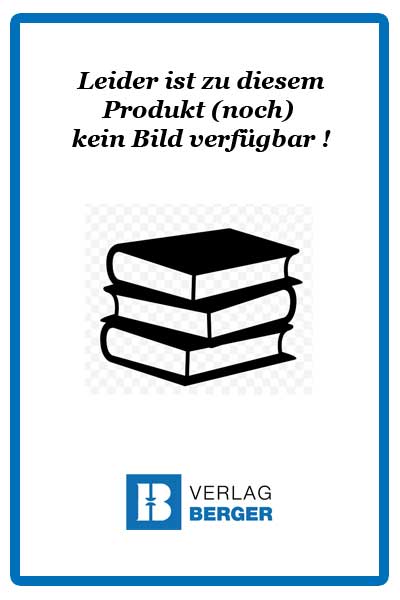
Sydowia Vol. 76 E-Book/S 35-43
Feasibility of cracked concrete bio-healing with selected...
Download-Artikel
Artikel Nr 3139
erschienen 19.07.2023
Preis 13,50 €
Lieferstatus 

Buchbeschreibung
In: Sydowia 76, (2024): 35-43; ISSN 0082-0598, DOI 10.12905/0380.sydowia76-2024-0035, Published online on July 19, 2023Feasibility of cracked concrete bio-healing with selected filamentous fungi
Samah Abd El-Kader El-Debaiky* & Yehia A.G. Mahmoud
Mycology Research Lab., Botany Department, Faculty of Science, Tanta University, Egypt
* E-mail: Samaheldebaiky@science.tanta.edu.eg
El-Debaiky S.A. & Mahmoud Y.A.G. (2023) Feasibility of cracked concrete bio-healing with selected filamentous fungi. –
Sydowia 76: 35–43.
Cement is the main component of concrete which is considered the most widely used construction material in the world.
Concrete cracking affects its resistance capacity and is harmful to its structure. Nowadays, usage of microorganisms in curing
these cracks is a promising alternative to traditionally expensive methods using more cement. Due to the filamentous nature of
fungi, they are potentially better for the process of concrete bio-curing. Thus, in the present work nine filamentous fungal species
belong to Alternaria, Aspergillus, Cladosporium, Penicillium and Trichoderma were isolated and identified from old concrete
samples and tested for growing in alkaline cement containing medium. Moreover, they were tested for producing urease enzyme
which is considered an important tool in concrete bio-healing. The best results were found for A. flavus which grew vigorously in
the presence of different concentrations of cement and gave positive results of urease enzyme which has a relationship with cement
Ca(OH)2 dissolving and precipitation of CaCO3.
Keywords: concrete, fungi, bacteria, urease, bio-healing.




